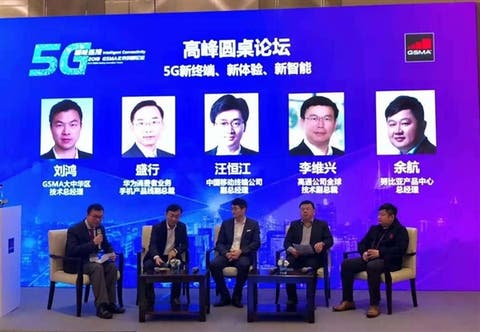In recent years, 5G and AI have become the two most popular keywords in the field of communication. Recently, at the 2018 GSMA Beijing Innovation Forum- 5G Smart Connect Conference, there was a roundtable discussion on the theme of “new terminal, new experience, new intelligence”. During the period, Li Weixing, vice president of Qualcomm Technology, had an in-depth talk on Qualcomm’s efforts on 5G and AI development.
Li Weixing said that Qualcomm announced the Snapdragon X50 5G modem in 2016 to support the industry’s unification process. At present, more than 18 operators have chosen to conduct interoperability testing based on the Snapdragon X50 chip, and more than 20 OEMs have chosen to use the Snapdragon X50 chip to create a standard 5G mobile terminal. At the beginning of this year, Qualcomm also jointly launched a 5G pilot program with several well-known mobile phone companies in China, including Xiaomi, OPPO, Lenovo, etc., all of whom are members of the project.
Li Weixing believes that in the first half of 2019, there will be a massive breakthrough in 5G deployment. At the same time, it can be foreseen that when 5G is officially commercialized in 2019, the 5G mobile phones must adapt to the requirements of multi-band, and support for millimeter wave and frequency bands below 6 GHz. That’s why Qualcomm spends a lot of engineering resources on RF and antenna modules because Qualcomm knows the needs of the industry and has the ability to scale down these RF components to fit into the size of a smartphone.
“Qualcomm released the first 5G millimeter wave and 6GHz RF module in July this year, and in just a few months, it has successfully reduced the module size by 25%…” Li Weixing said. Talking about AI, Li Weixing said that AI is a very important mobile communication computing platform. AI is not a very new technology and there has been neural networks 40 or 50 years ago. This tech only requires some upgrades with modern technology.
